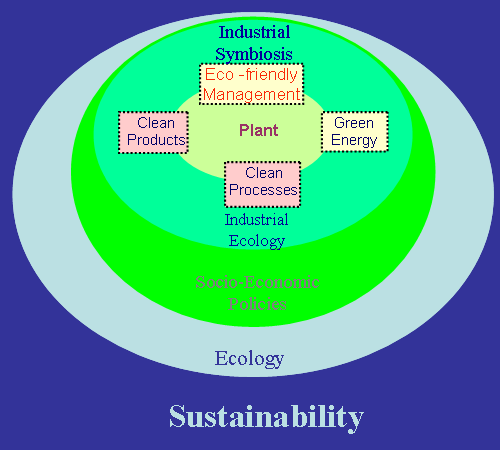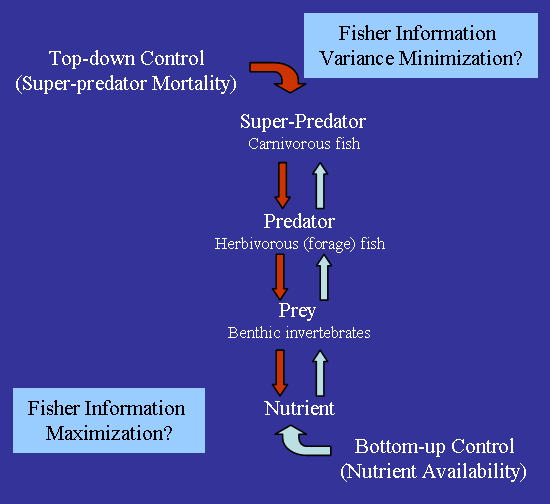Sensor Placement for Water Network Security:
The tragic events of September 11 have redefined the concept of risk and uncertainty. Water being important for all living creatures, water security has become a matter of utmost importance to national and international sustainability. Water utilities are feeling the growing need to detect and minimize the risk of malicious water contamination in distributed water networks to prepare for any catastrophic events. Minimization of risk by optimizing the water network design is perceived most promising.
The objective in this work is to minimize the risk to the population due to intentional contamination attack on a water distribution network. Sensors are used to detect the contaminations at the earliest and minimize the consumption of the affected water. The number of sensors allowed in a network being governed by the economics, optimization of placement locations of these sensors is important.
The problem is solved using the theory of optimization. Uncertainty is an important aspect to consider to make the solution robust. Stochasticity is introduced in the problem due to uncertain nodal demands and attack probabilities at various junction points in a water network. Consequently the placement optimization problem is converted into a stochastic optimization problem. The problem is converted into a two stage stochastic programming problem. L-shaped BONUS algorithm is used to solve the stochastic programming problem.

Risk before sensor placement: 45.47% Risk after sensor placement: 25.50%


Sustainability:
Sustainable Ecosystem Management:
The work looks at the systems analysis perspective for the sustainability of the industrial and ecological systems together. The traditional industrial process design framework is extended to green process design and industrial ecology. For green process design, this involves starting the design decisions as early as chemical and material selection stage on one end, and managing and planning decisions, such as process selection, at the other end. The concept of overall sustainability though goes beyond industrial ecology and brings in the time dependent nature of the ecosystems. The sustainability of such systems is much difficult to quantify as compared to the industrial systems. The information theory based Fisher information parameter is a useful index. The management strategies for the ecosystems can then be evaluated using the Fisher information based theory.
These problems often involve multiple and conflicting objectives and the decisions need to be taken in the presence of uncertainties. The multi-objective optimization framework under uncertainty provided an option to solve such complicated problems. The optimal control methods and theories from financial literature can be useful in handling the time dependent uncertainties of this problems.

Sustainable Management Using Optimal Control:
The concept of sustainability, an abstract one by its nature, has been given a mathematical representation through the use of Fisher information as a measure. It is used to propose the sustainability hypotheses for dynamical systems, which has paved the way to achieve sustainable development through externally enforced control schemes. For natural systems, this refers to the task of ecosystem management, which is complicated due the lack of clear objectives. This work attempts to incorporate the idea of sustainability in ecosystem management. Natural regulation of ecosystems suggests two possible control options, the top-down control and the bottom-up control. A comparison of these two control philosophies is made on aquatic food chain models using objectives derived from sustainability hypotheses. The objectives of FI maximization and FI variance minimization, based on the sustainability hypotheses, are compared. Optimal control theory (Pontryagin's maximum principle) is used to derive the control profiles to handle the complex nature of models and objectives. Both deterministic as well as stochastic systems are considered. Ito mean reverting process is used to represent the stochastic mortality rate of one of the species and stochastic maximum principle is used to derive the control profiles. Results indicate a strong relationship between the hypotheses and dynamic behavior of the models, supporting the use of Fisher information as a measure. As regards to the ecosystem management, it has been observed that top-down control is more aggressive but can result in instability while the bottom-up control option is guaranteed to give stable and improved dynamic response. FI maximization objective does not guarantee a stable response, while FI variance minimization objective ensures system stability.
Importance of such work has increased due to the recent natural disasters such as hurricane Katrina. An ecosystem devastated by such disasters should be properly regulated, using time dependent decisions, to restore it back to its original state. This work also tries to use the sustainability concept in decision making for such tasks. The results strongly favor the use of FI variance minimization objective using bottom-up control to carry out the task.
The insights gained through this analysis on the management of ecosystems are to be used later to device strategies to minimize the impact of pollutants on the aquatic species, such as minimizing the bioaccumulation effects of mercury in a lake by manipulating food web parameters.
